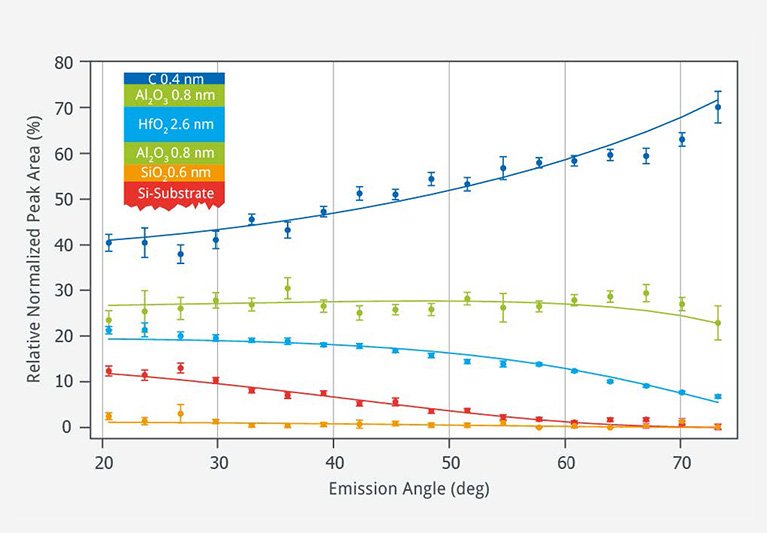XPS-UPS Systems
XPS/UPS systems are a standard tool for the characterization of the chemical composition and the electronic structure of the surfaces of solids. Often a preparation chamber is integrated, so that samples inserted through the Load Lock chamber can be cleaned before analysis. Integration of sputter depth profiling, Auger electron spectroscopy, (R)EELS or Ion scattering spectroscopy is easily possible in the measurement position to get a more holistic insight into the properties of the samples.By using small spot sources, a 2D-detector and stage mapping, chemical mapping of the surface is possible, as well, to characterize the inhomogeneous element distribution on technical sample surfaces.
Your web browser is deprecated
This could effect the presentation and some functions of our website.
